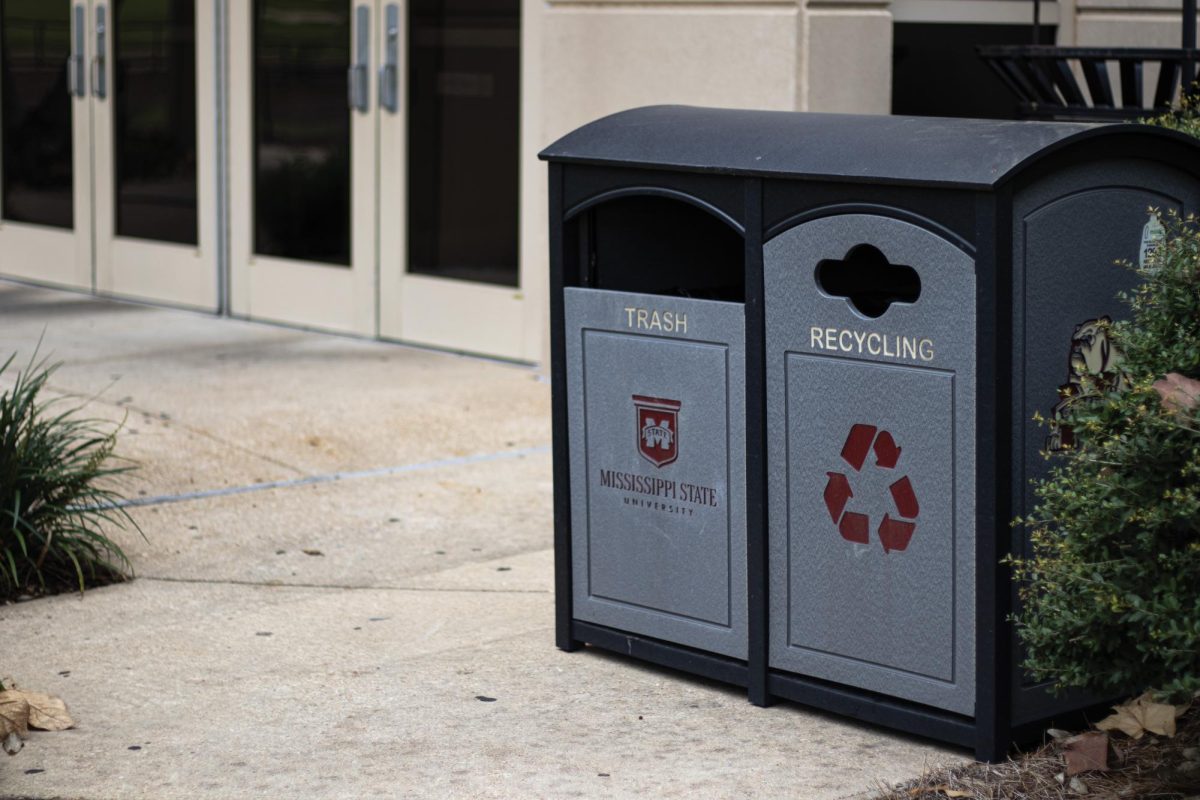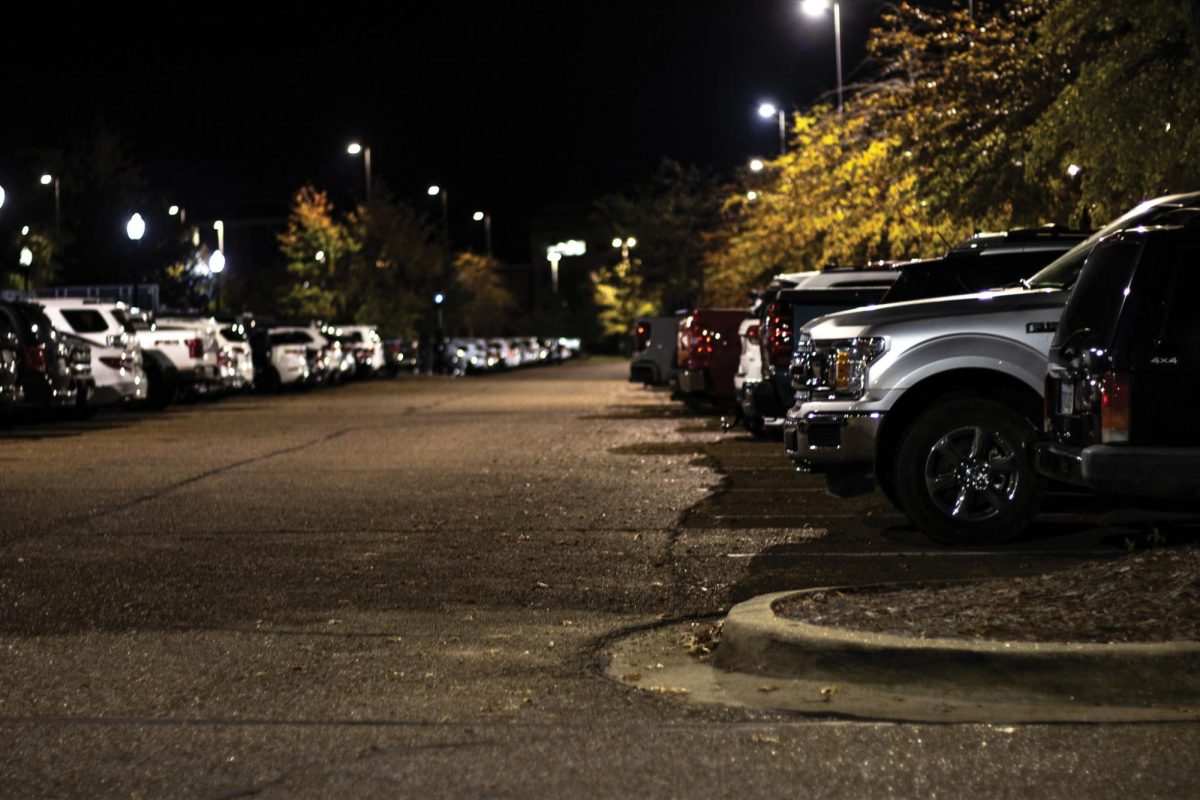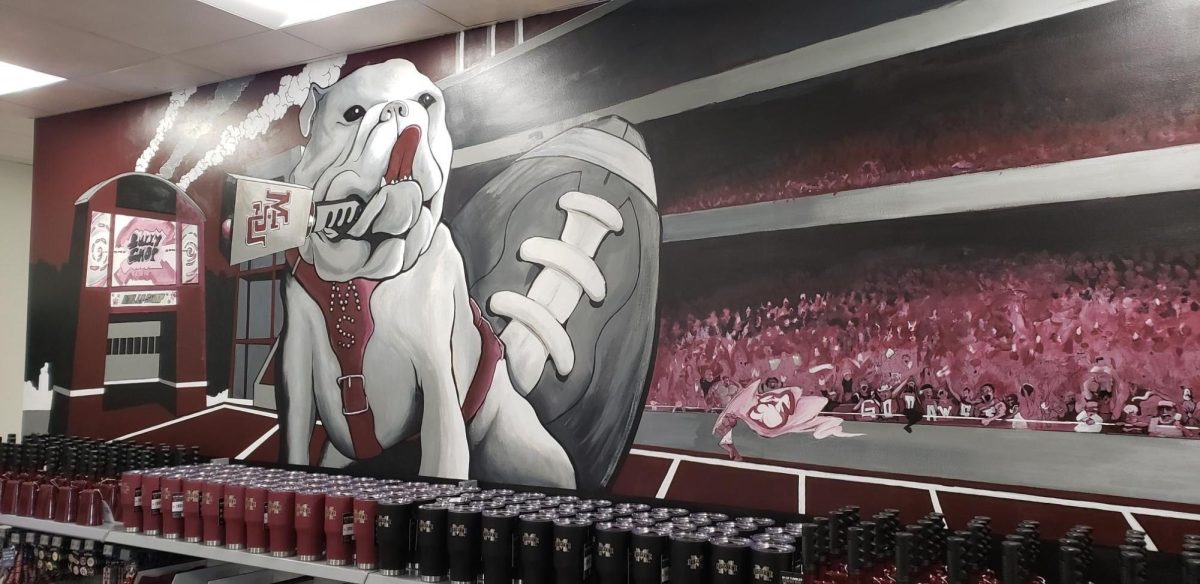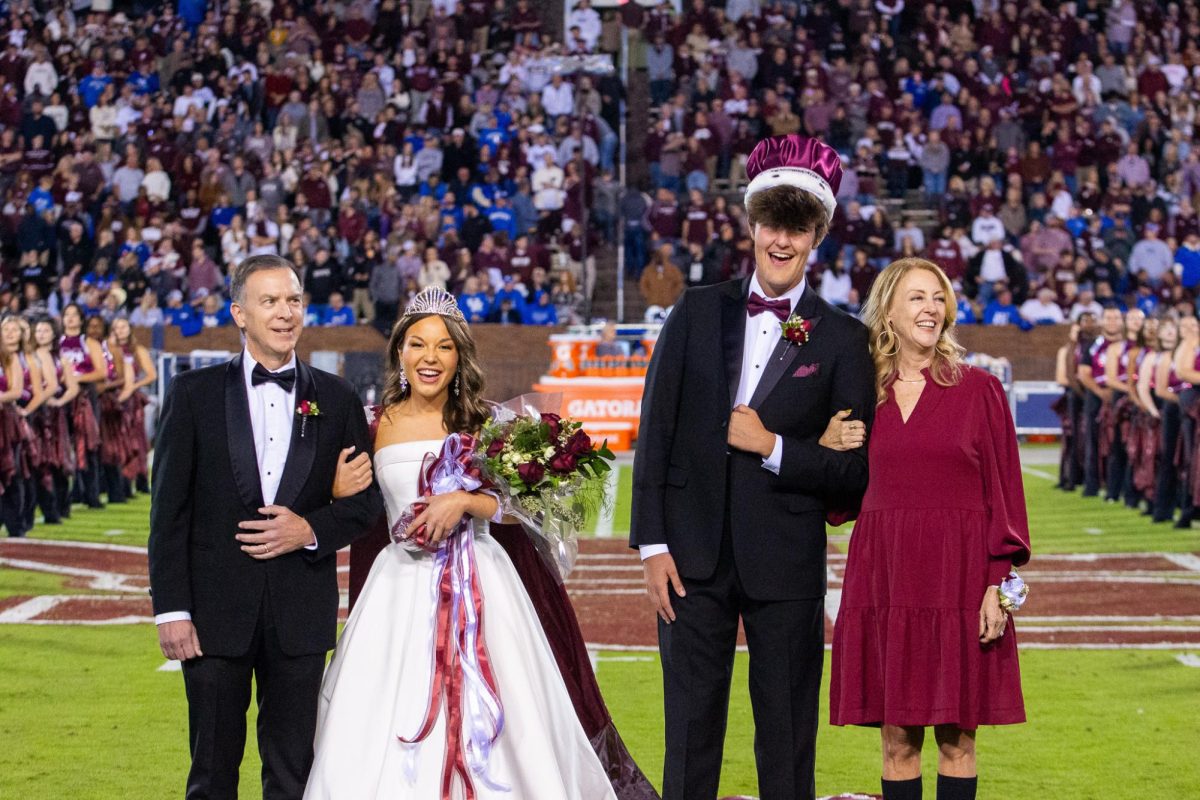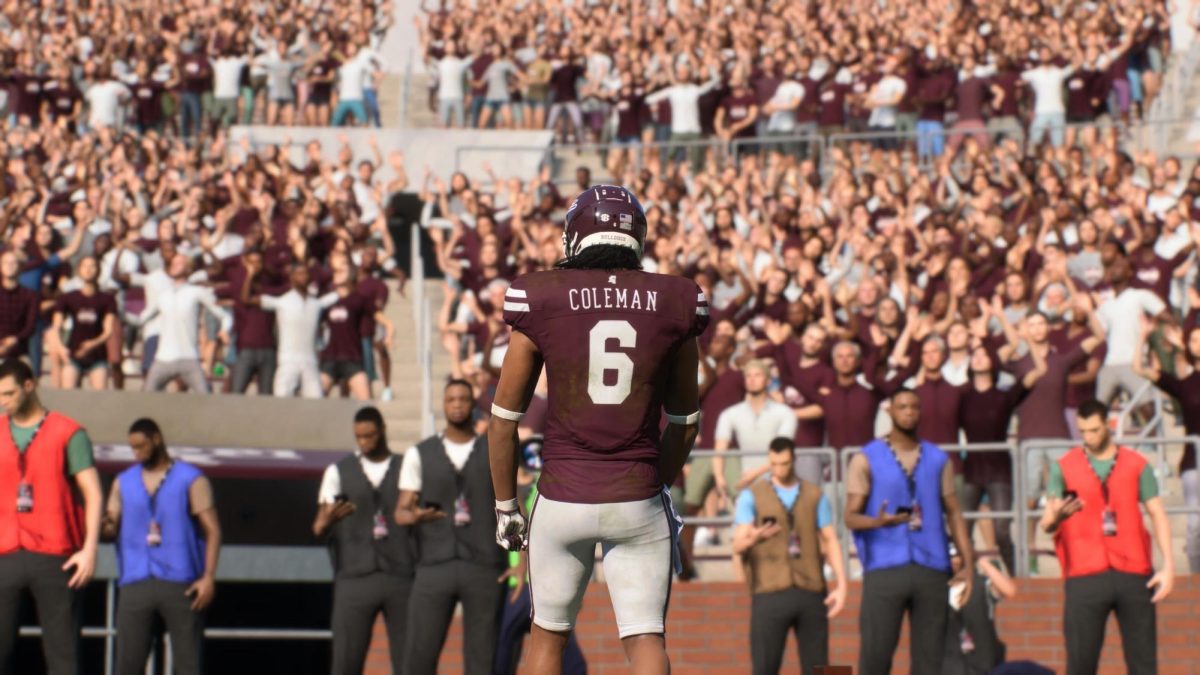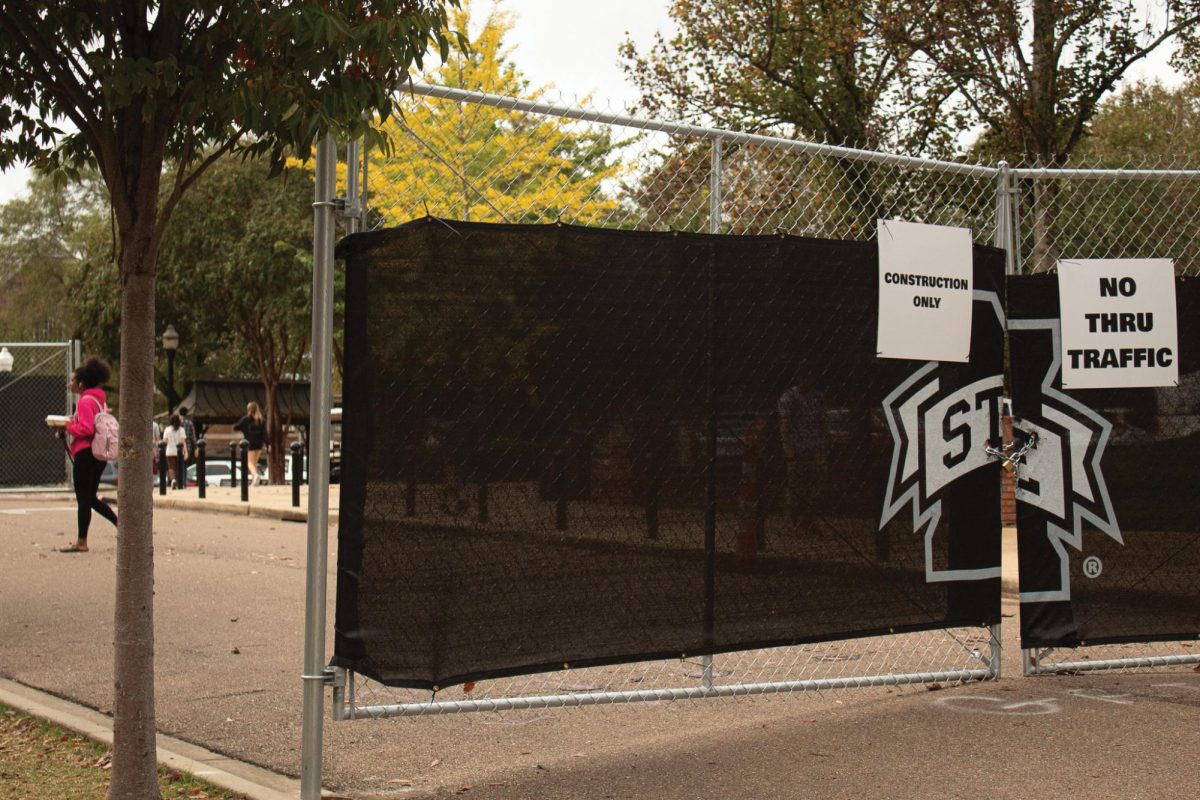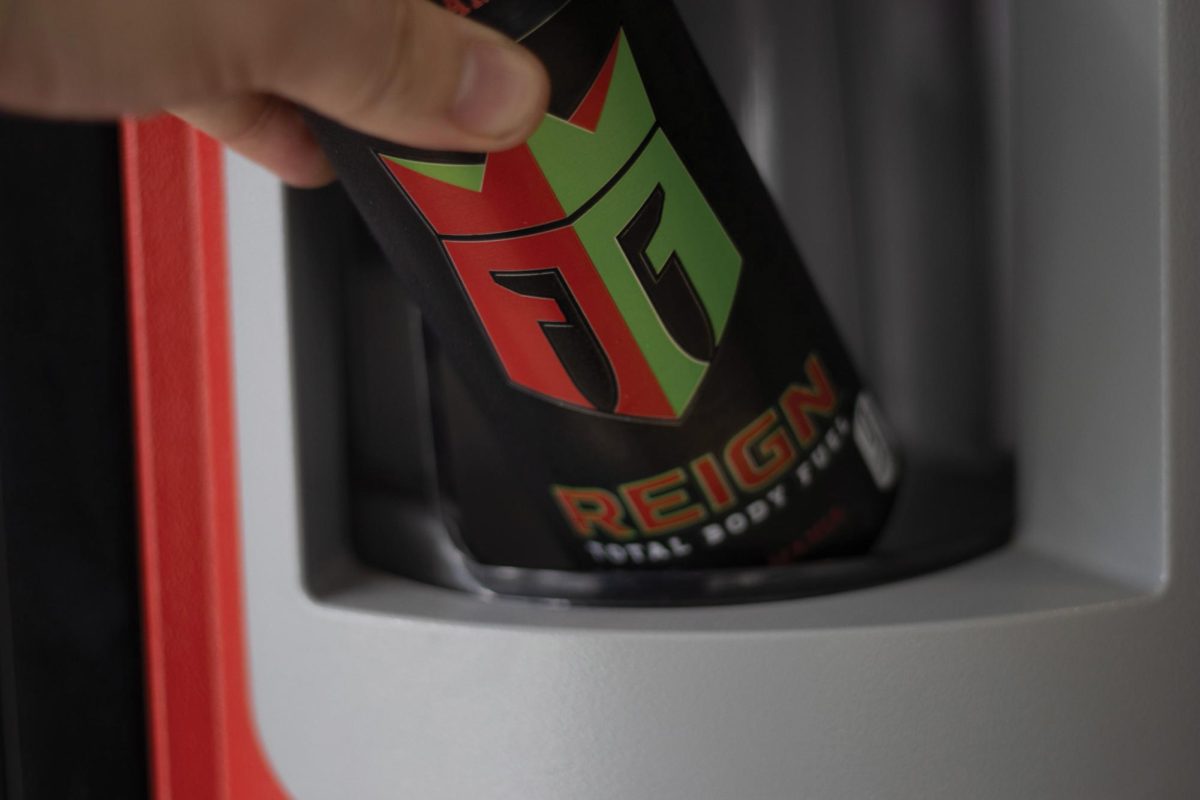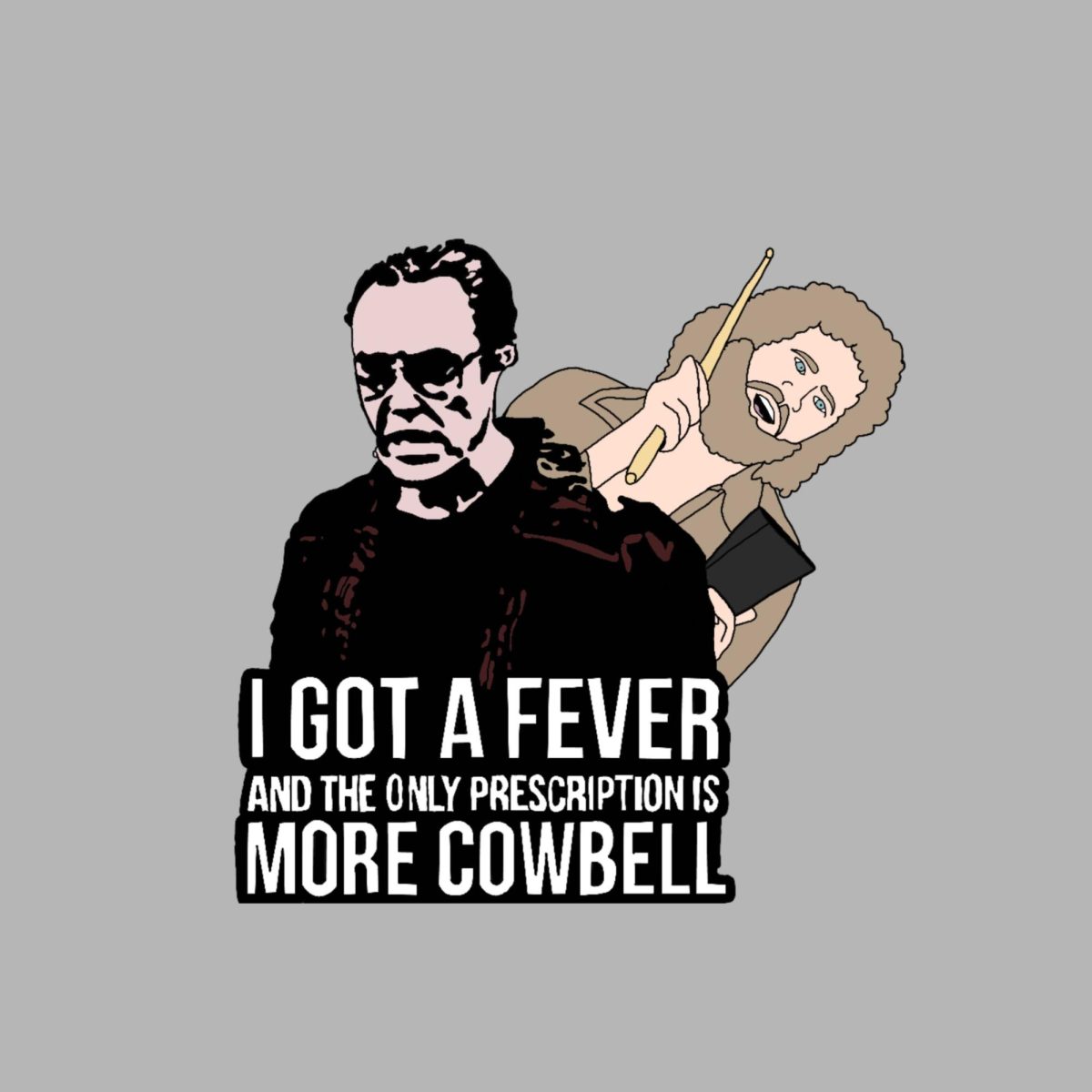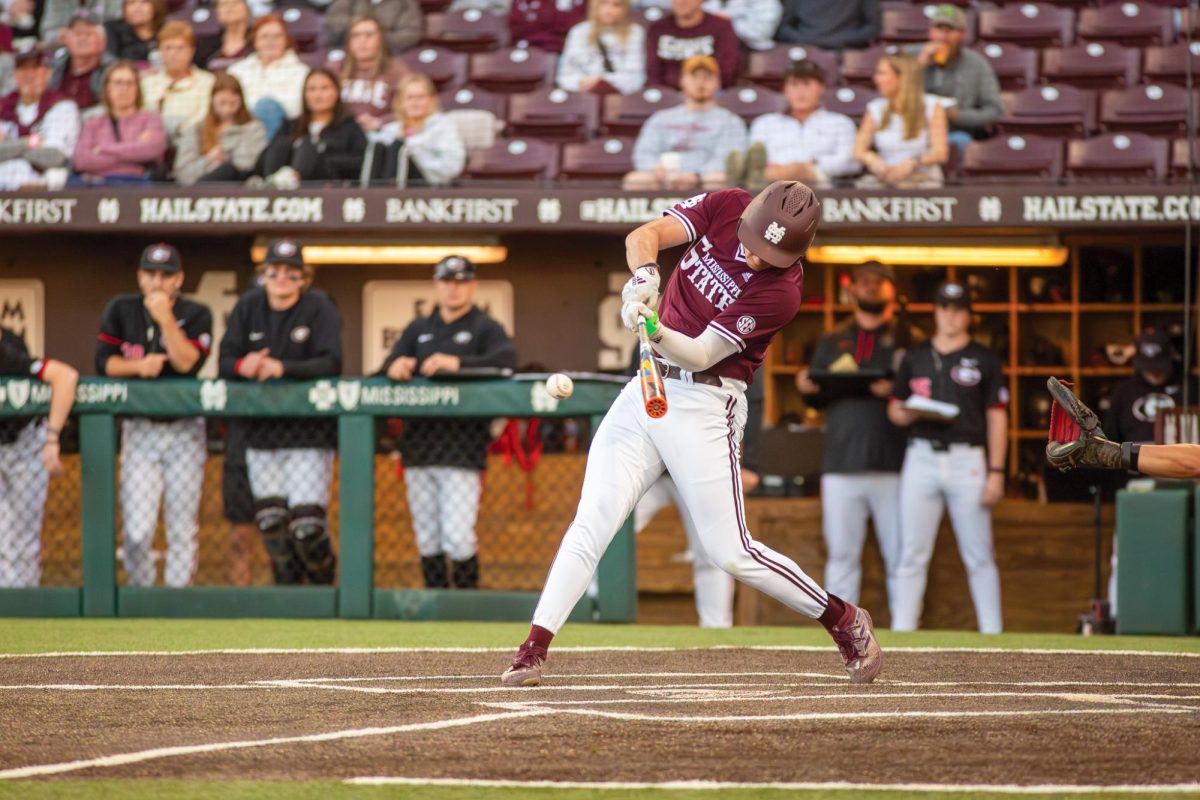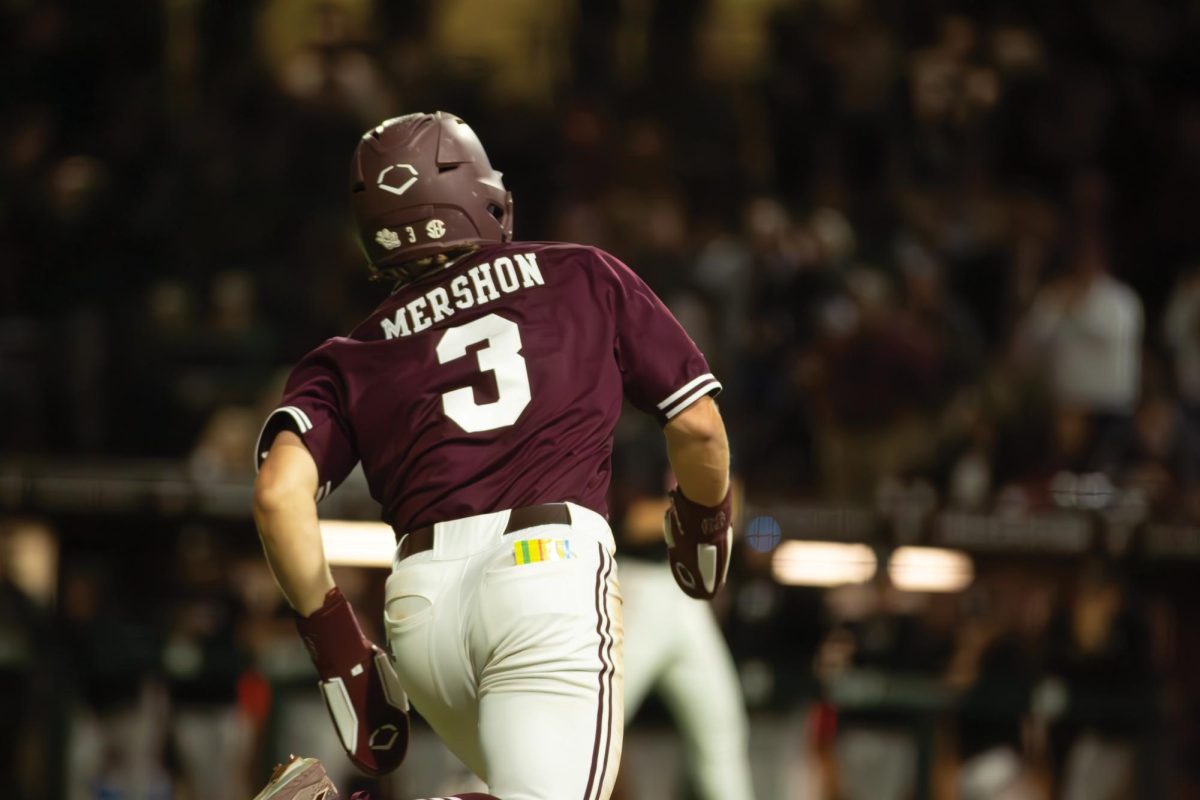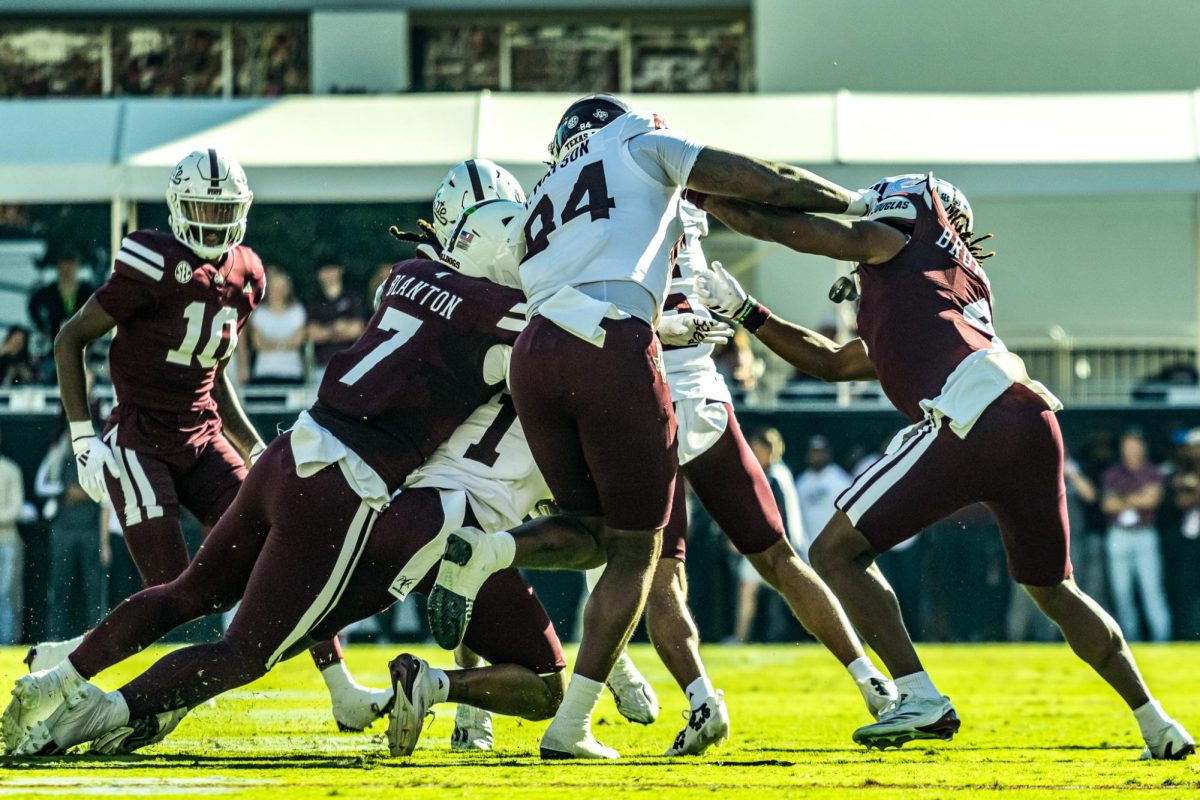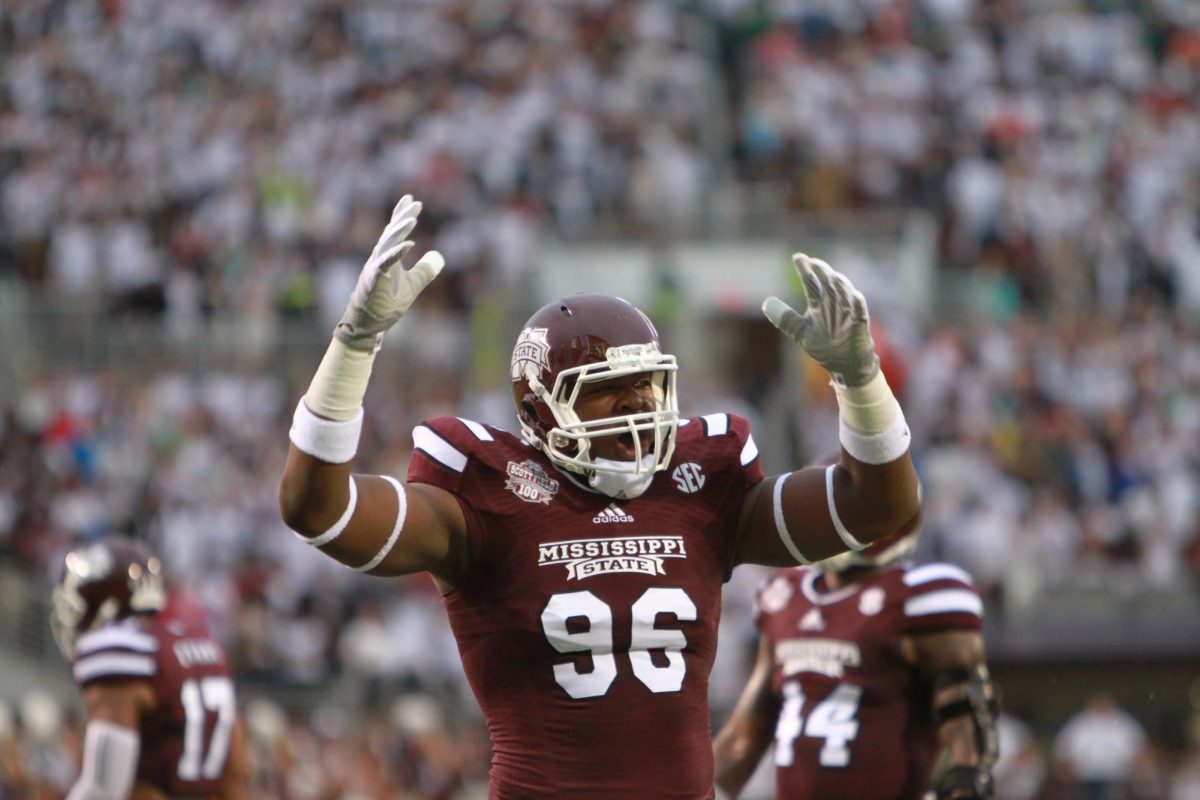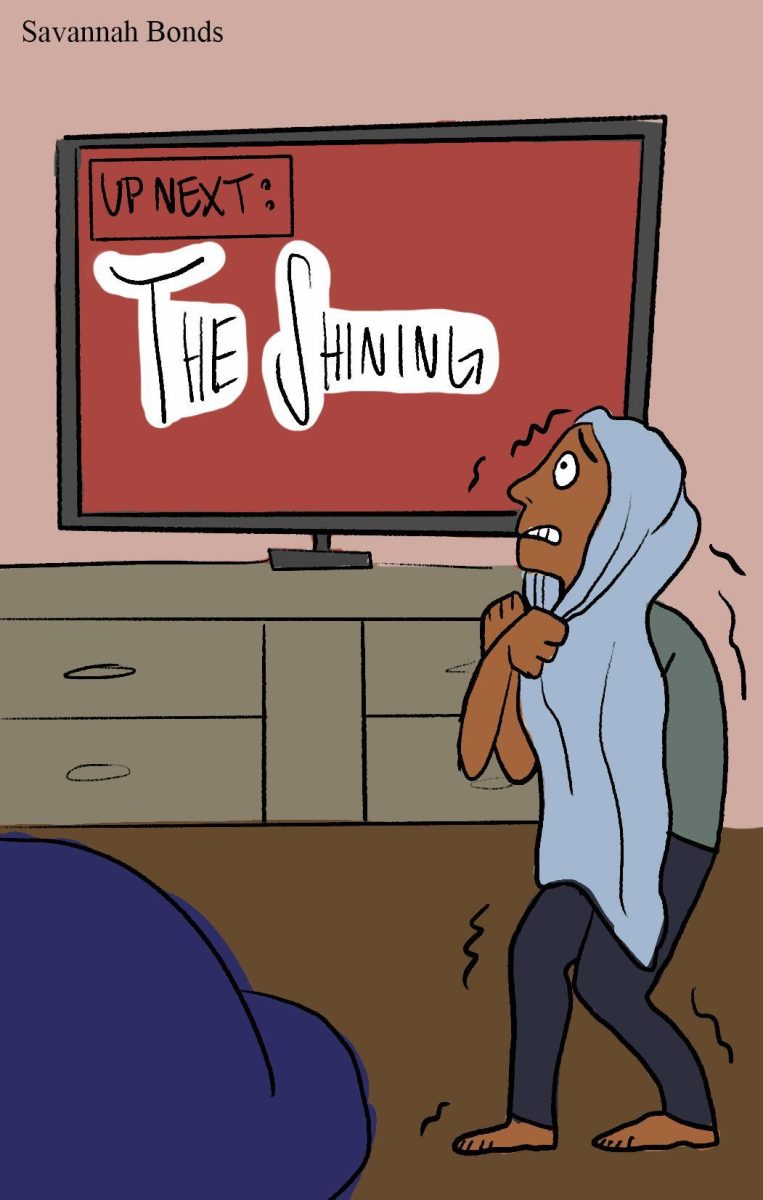I took a phone call from the girl I have a crush on on the way home from campus.
I stayed in the driver seat in my parking lot for an hour. As time waned, I slumped lower and lower into my chair, until my head was below the wheel and my feet were above the dash line, bent like a Panda Express fortune cookie about to predict lumbar pain. I crossed one leg over the other, and — far too easily — and kicked the rearview mirror clean off my windshield. I made a sound like a mildly disappointed third-grade teacher as I sat up. She asked me what was wrong, and I said “nothing,” because when you have a crush on someone, any accident is embarrassing.
Quickly, I got good at using my side mirrors. I started checking my blindspots with zeal. I switched to the right-arm-over-passenger-seat-looking-out-the-back-window strategy of getting out of parking spaces that your father uses. Perhaps the most noticeable change my driving experienced was that — without the rear-view mirror — I no longer got flash-banged by drivers’ high beams behind me.
Only once I drove at night without having to squint, did I realize I should not have to squint while driving at night.
Things have gotten out of hand. Brights have gotten too bright.
The problem is not the mint green 2015 Subaru Outback or the 2003 Hyundai Tucson. It is not the Mazda CX-5 or the Volkswagen Passat, nor most large SUVs like the Ford Explorer or Chevy Tahoe.
No, this particular intensity of headlights belongs almost exclusively to a modern flavor of “Guy Truck,” with “guy” names like Raptor, Titan, Tundra, Sierra Denali or alpha-numerical jargon like RAM TRX, Silverado ZR-1 or Ford F-150 Platinum. They are the trucks that make your friends’ trucks look small.
A driver climbs the two-stair step stool into his driver’s seat, buckles his seatbelt, checks his mirrors, turns on his headlights and proceeds to Waffle House with the unending power of the sun unrolling before him like a fluorescent carpet.
Ford’s new F-150s, the genus the Ford Raptor falls in, boast a fixed DSS LED system, which automatically adjusts itself. Ford’s parts catalogue does not offer specifications on these bulbs. Most replacement bulbs run about 1750 lumens.
Lumens, the unit of measurement used by manufacturers for their headlights, sound fake when you dig in. According to Britannica, the lumen is a unit of measurement involving a fixed portion of space with a light intensity of one candela. A candela, as we all know, is what the International System of Measurement defined as the mathematical equivalent to one single-wick candle’s worth of light.
This is simultaneously very clear and entirely useless. We all know exactly what one lit birthday candle looks like, whether from personal experience or the movies, but that stops being helpful in larger quantities. I do not know what 2,000-3,000 birthday candles one foot away looks like, none of us do, except people who are just imagining fire and patting themselves on the back.
Two thousand birthday candles worth of brightness is what is offered for the aforementioned “Guy Truck” models on sights such as Carparts and Autozone. One manufacturer, Morimoto, offers bulbs as high 4800 lumens.
On its website, Morimoto claims to “redefine the automotive aftermarket for high intensity lighting” in the present tense, as if every single day they set a new standard for blue tinted HIDs that strain your eyes and chap your lips.
If you were curious, the world’s brightest light is the beam on top of the Luxor Hotel and Casino in Nevada, burning nightly from the Vegas strip like a flight attendant call button to God. According to Hugh Morris with the Telegraph, the light emits a staggering 42.3 billion lumens.
“But the watts,” you say, “what about the watts?”
Watts, the measurement you thought lightbulbs use, notes the power consumption of a given light, not its brightness. This is why the 6.5W lightbulb in your fridge casts a bright enough scraping light that you can see the dust on your kitchen floor, but you have to turn on a reading light when you use the 60W warm overhead your mother put in your bedroom back home.
I drive an old car whose headlight power reaches 20 lumens on a good night. I might as well drive by gas lamp with my low beams on. On the road out of Mississippi for spring break, a Sierra Denali came up behind me on a back road with headlights strong enough to cast a shadow in front of my car, even with my brights on.
I try not to make assumptions about how good people are at seeing the dark road ahead of them when someone is shining the light they used to find survivors of the Titanic behind them, but I will be the first to admit I struggled. I slowed down to the speed limit until he got impatient and crossed the double yellow line to pass.
You do not need to see that much. You do not need to see the Spanish moss hanging from a tree thirty yards ahead, certainly not at the expense of the vision of drivers in front of or approaching you.
Some people try even to claim this is a safety issue: that the concern is how far out you can see the deer before it decides to about face and line drive your front right bumper. It is not. That happens only when the deer says it does, and no amount of lumens changes that.
Categories:
Headlights have gotten too bright
About the Contributor

Luke Copley, Former Opinion Editor
Luke Copley served as the Opinion Editor from 2022 to 2023.
0
More to Discover






